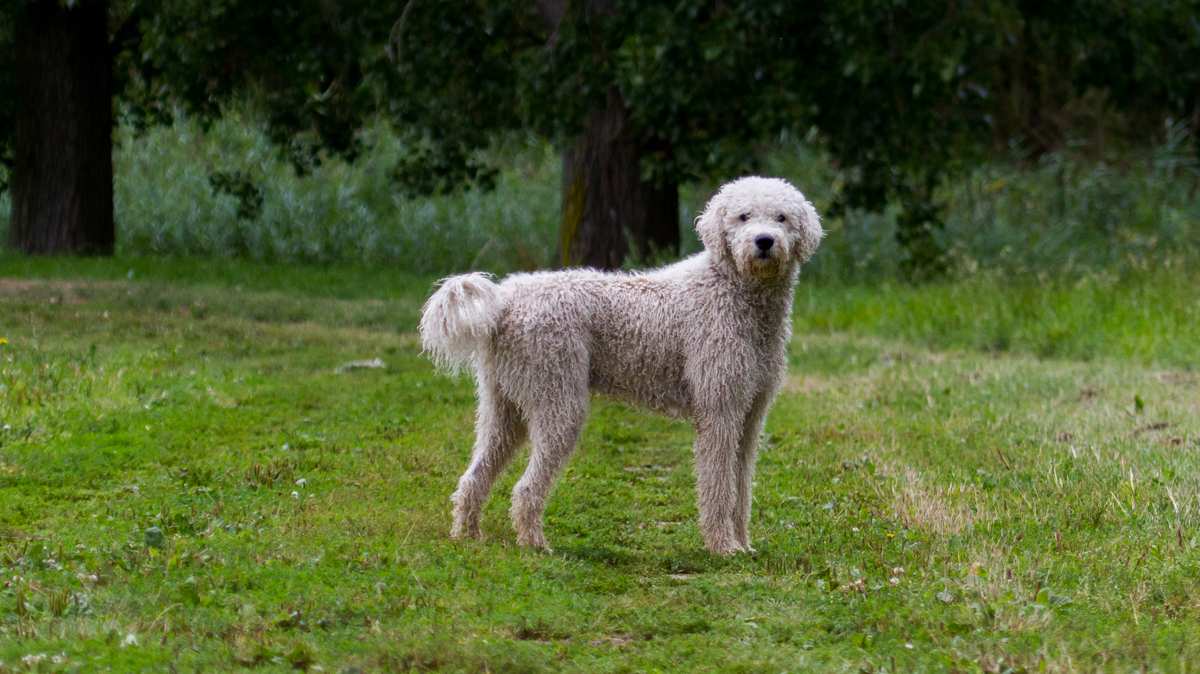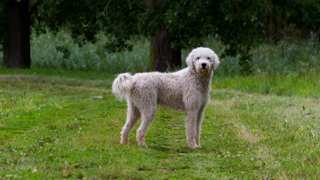Unlike most any other designer dog, Australian Labaradoodle history is very well documented. The man who produced this hybrid dog, Wally Conron, has even had his story published. Titled "My Story: I Designed a Dog," it was in the July 10, 2007 edition of Reader's Digest.
It was the early 1980s and Conron, the manager of puppy breeding for the Royal Guide Dog Association of Australia, had received a request for a hypoallergenic seeing-eye dog. A woman with vision impairment wanted one, but her hubby's terrible allergies to dog hair was a problem. What seemed like a simple request turned out to breed a whole litter of problems.
It took two years and tens of trials to realize that Standard Poodles would not work. Conron then hit upon the idea of crossing one of those big Poodles with a Labrador Retriever, the latter breed being a top-notch guide dog. Unfortunately, Labs are also one of the worst shedders. There were further problems regarding finding a host family for the puppies while awaiting for one of the three pups to be ready for export to Hawaii: everyone wanted a purebred.
This issue was resolved when Conron hit on a brilliant marketing idea: stop using "crossbreed" and call the hybrid dogs "Labradoodle." The plan was an immediate hit, and long before the World Wide Web and YouTube was even imagined, the idea went viral.
That success, however, created another problem: finding reputable breeders of "problem-free poodles" regarding allergens. When Conron reached out to the Kennel Control Council of Australia for their assistance in finding such breeders, the response was brutal. He was told that any breeders who allowed their registered dogs to be used for cross-breeding would be black-listed.
The Labradoodle was born, and these days Conron has become conflicted whether he produced a "designer dog – or a disaster!"




